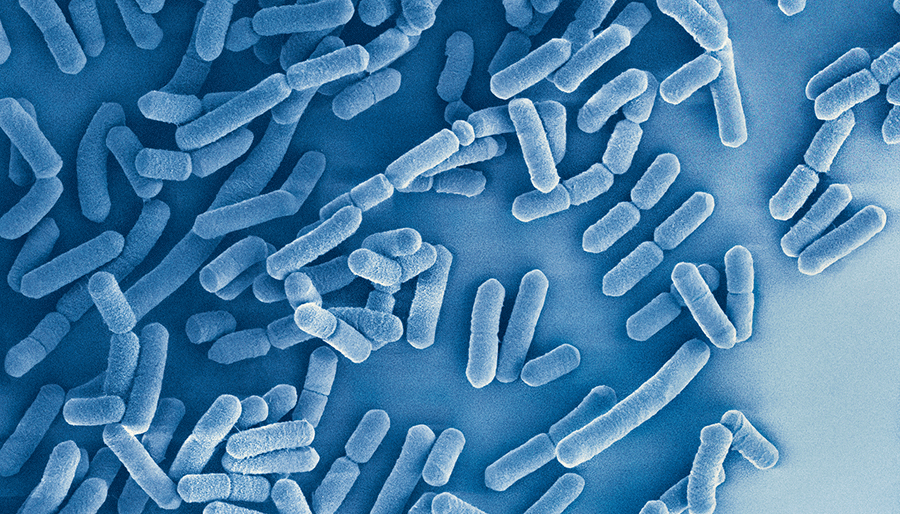Probiotics are live microorganisms that may have health benefits when consumed in adequate amounts. Maintaining an adequate level of probiotics in your body has been shown to support immune function, aid digestive health and even boost your metabolism.
Two of the most widely recognized probiotics for supporting digestive and immune health are bifidobacteria, most commonly found in the large intestine, and lactobacilli, which reside in the small intestine.
Probiotics defined
The World Health Organization defines probiotics as “live microorganisms that, when administered in adequate amounts, confer a health benefit on the host".1
Many foods and supplements contain live microorganisms, but only those containing characterized strains with a scientifically demonstrated effect on health may correctly be termed "probiotics". By this definition, a probiotic strain must be characterized by its specific identity, potency, and health benefits.
Identify probiotics by looking at genus, species and strain
Probiotic bacteria are classified by their genus, species and strain.
A strain is a member of a species and the species is a member of a genus. A genus can include more than one species. For instance, all dogs come from the genus Canis, but there are several species of Canis, such as wolves (lupus), dogs (familiaris), coyotes (latrans) and jackals (aureus). The same is true for bacteria – many different species of bacteria can belong to the same genus. Then, just like there are the different breeds of the dog species, specific species of bacteria each have different strains.
Strains from the same species will be more similar than strains from different species, but they are still different enough to have different benefits. For instance, although the GR-1® and LGG® strains are both members of the rhamnosus species, GR1® is primarily associated with benefits for urogenital health and LGG® is primarily associated with benefits for immune health and digestive health.
It is important to note that not all probiotics are the same. They may range in potency, stability and the benefits offered to the body – even within the same species! As a result, it is crucial to link all clinical research to a probiotic at the strain level.2
Isolating strains and optimizing their stability
Much clinical research has been done to understand which probiotic strains offer the greatest health benefit. Probiotic manufacturers like ourselves isolate these proven strains and conduct studies to optimize their potency and stability.
In fact, the identity of all Chr. Hansen probiotics is ensured by state-of-the-art analytical methods. Complete genome analyses have shown that we are able to accurately maintain probiotic strain identity throughout production.
Our quality control, with validated methods for microbial contaminants, and process evaluation ensure high quality, strain safety and purity for all our products.
References
1 Hill C, Guarner F, Reid G, Gibson GR, Merenstein DJ, Pot B, et al. Nat Rev Gastroenterol Hepatol. 2014;11(August 2014):506–14.
2 McFarland L V., Evans CT, Goldstein EJC. Front Med. 2018;5.
GR-1® and LGG® are registered trademarks of Chr. Hansen A/S.
This communication is only intended for business-to-business and health care professionals. This communication is not intended for consumers of final consumer goods. Nothing on this page is meant to be perceived as an approved claim.



